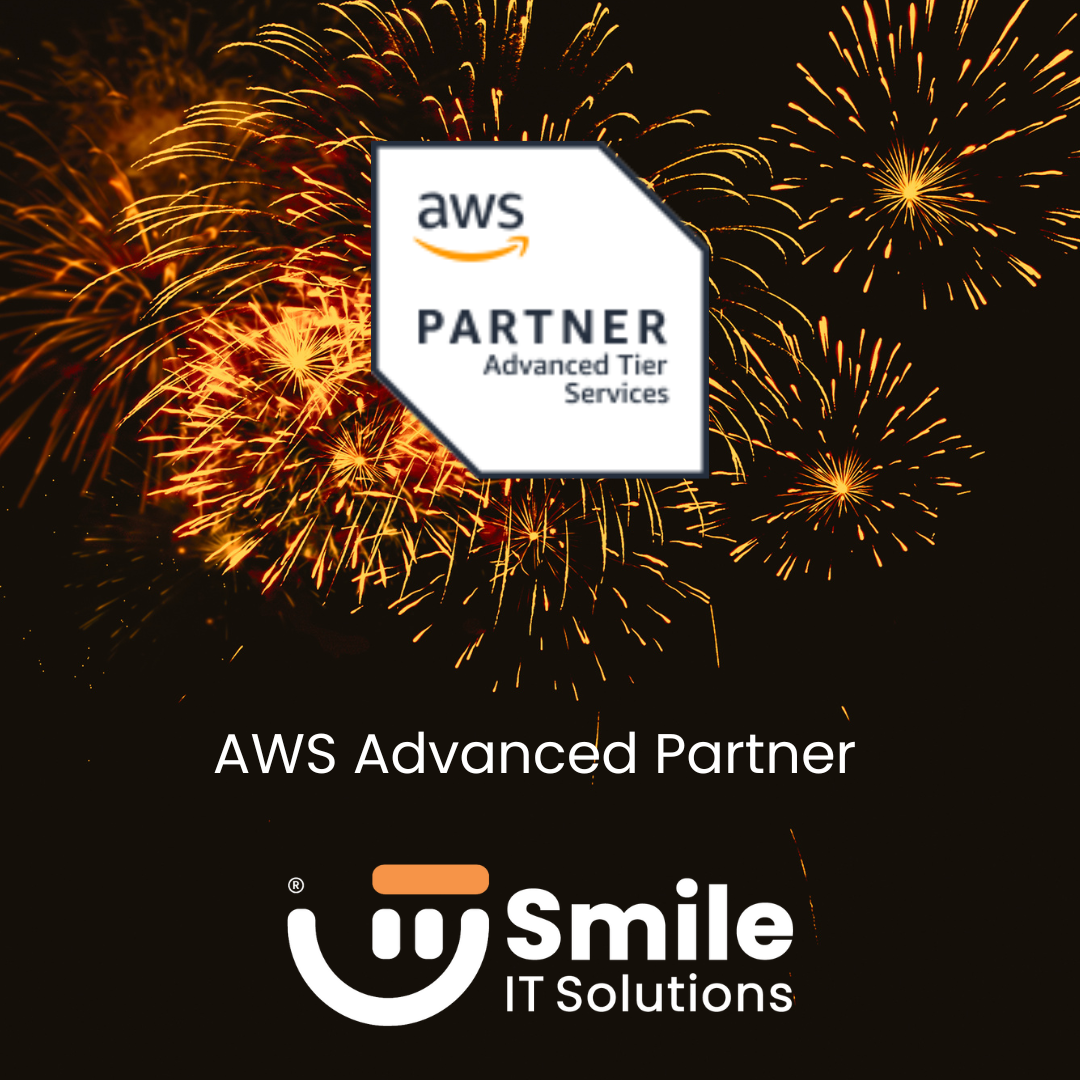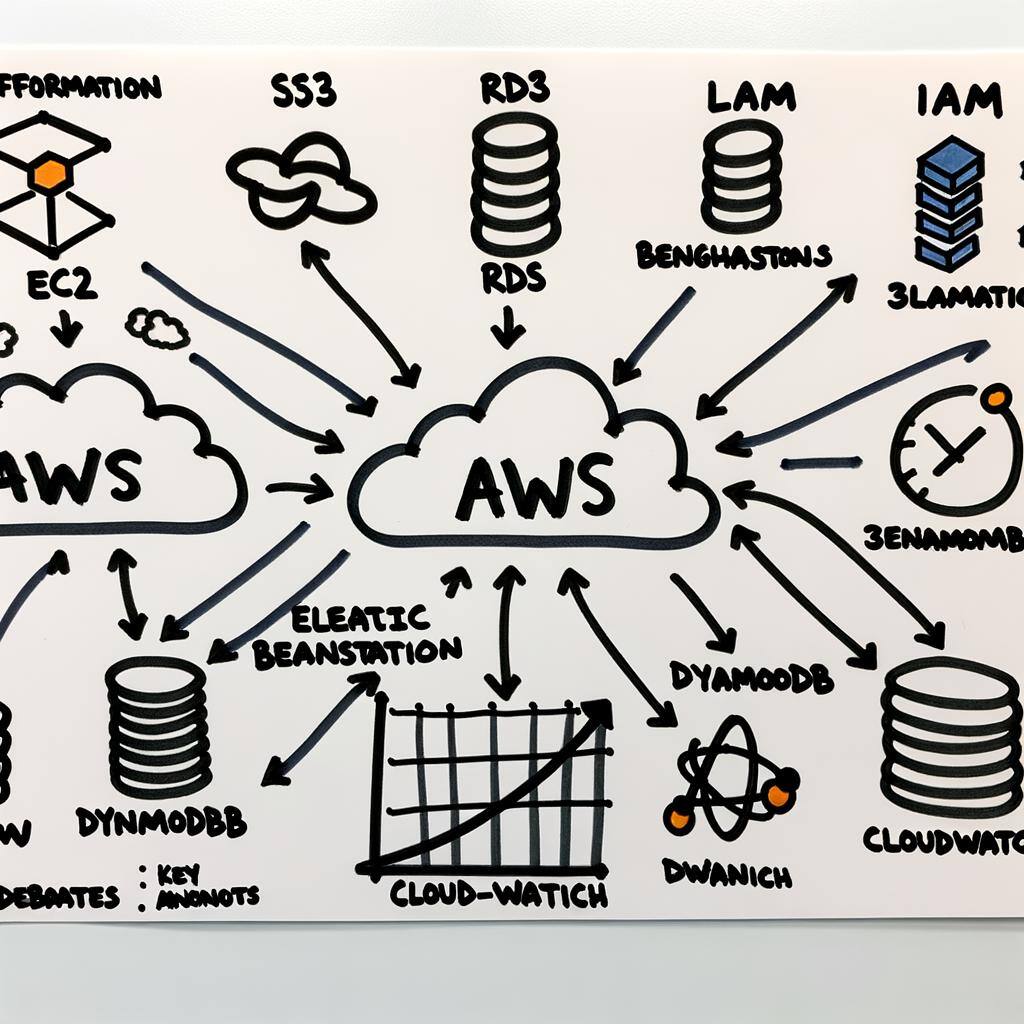Understanding AWS Lambda: A Comprehensive Beginner's Guide for CTOs and Founders
Introduction When it comes to revolutionising the way businesses handle their computational workloads, AWS Lambda stands at the forefront of...
9 min read
 Ed Soltani
:
July 22, 2024 at 9:44 AM
Ed Soltani
:
July 22, 2024 at 9:44 AM

Migrating to AWS can feel overwhelming, but hiring an AWS Managed Service Provider (MSP) simplifies the entire process. You might wonder if this step is necessary. The truth is, an MSP ensures a smooth, hassle-free transition, helping you get the most out of AWS's powerful cloud offerings without the typical headaches. From understanding your current setup to executing a tailored migration plan, an MSP handles it all. This guide will walk you through the essentials, showing you why partnering with an AWS Managed Service Provider is the smart move for your business. By the end, you'll have clear insights into a seamless AWS migration strategy.
Migrating to Amazon Web Services (AWS) is a significant decision for any organisation. The process can be complex and daunting. This is where AWS Managed Service Providers (MSPs) come into play. Let's explore what they do and why you should consider using one.
An AWS Managed Service Provider (MSP) is an expert in handling AWS infrastructure and services. These providers are certified and have a proven track record in cloud migrations. An AWS MSP typically offers the following services:
In short, AWS MSPs are like Swiss Army knives for cloud management. They ensure your migration to AWS is smooth, secure, and cost-effective.
Why should you consider using an AWS MSP? Here are some compelling reasons:
In essence, AWS Managed Service Providers offer a one-stop solution for all your AWS needs. They handle the complexities so you don't have to, making your migration to the cloud a breeze.
Migrating to AWS can feel like a huge leap, but with the right preparation, you can make it a smooth and successful journey. Preparing for migration involves several steps, each crucial to ensuring a seamless transition. Here’s your guide to getting things ready before moving to the cloud.
Before you can start moving anything, it's important to evaluate what you have right now. This step helps you understand your current systems and identify what exactly needs to be migrated.
This assessment helps you map out what's critical and what can be left behind, making the migration process more efficient.
Having clear objectives is key to a successful migration. Knowing what you want to achieve keeps everyone on track and ensures that the migration meets your business needs.
Writing down these goals helps you measure success once the migration is complete and keeps your team aligned throughout the process.
Choosing the right AWS Managed Service Provider (MSP) is critical. They can make or break your migration experience, so it’s important to find a partner that fits your needs.
Here’s what to look for:
Selecting the right MSP ensures that you have a reliable partner to guide you through the migration, providing support and expertise every step of the way.
By following these steps, you lay a solid foundation for a successful AWS migration. Whether it’s assessing your current set-up, defining clear goals, or picking the right MSP, preparation is the key to a smooth transition to the cloud.
When planning to migrate to AWS with the help of a Managed Service Provider (MSP), developing a robust migration strategy is key. This strategy should encompass everything from selecting the right migration approach to creating an attainable timeline. With the right steps, your transition can be smooth and efficient. Let’s break down the strategy into manageable parts.
Choosing the best migration approach is essential. Different applications may require different strategies depending on their complexity and your overall goals.
Establishing a realistic timeline is crucial to avoid bottlenecks and ensure a smooth transition. Here's how you can create an effective timeline:
Tips for a Successful Timeline:
By meticulously planning each step and choosing the right migration approach, you can ensure that migrating to AWS with a Managed Service Provider is a seamless experience.
When it comes to migrating to AWS with a Managed Service Provider, executing the migration is a crucial phase. Successfully moving your data and applications to AWS involves several steps. Let's break down each sub-section to help make this process clear and manageable.
Migrating your data securely to AWS is essential. Here's a step-by-step guide to get you started:
Migrating applications to AWS involves more than just transferring data. It requires thorough planning and testing:
The job isn't done once the migration is complete. Post-migration activities are vital for a smooth transition:
Executing a migration to AWS with a Managed Service Provider can be complex, but following these steps will make the process smoother and safer. Remember, thorough planning and continuous monitoring are key to a successful migration.
Migrating to AWS with a Managed Service Provider (MSP) can be a transformative move for your business. However, this journey is not without its unique set of challenges. This section will take you through some of the common hurdles you might face and provide practical solutions to ensure a smooth transition.
Downtime during migration can feel like the end of the world, but it doesn’t have to be. There are strategies you can use to minimise downtime and keep your business running smoothly:
By implementing these strategies, you can greatly reduce the risks of downtime and ensure a successful migration with your AWS Managed Service Provider.
Data integrity is crucial during migration. You want to make sure that your data remains accurate, complete, and accessible throughout the process. Here are some methods to achieve that:
When you focus on these methods, you ensure that your data stays safe and intact, providing peace of mind during your migration journey with an AWS Managed Service Provider.
Migrating your applications and data to AWS can be a significant move for your business. However, this transformation need not be daunting. Working with an AWS Managed Service Provider ensures a smoother transition, bringing with it a host of benefits that will aid in achieving your business goals.
Let’s summarise some critical factors we've discussed:
By opting for an AWS Managed Service Provider, you can:
Is it time to take the leap to AWS? By partnering with an AWS Managed Service Provider, you can turn what might seem like a colossal task into a streamlined, efficient process. The future of your business awaits in the cloud, where scalability, flexibility, and innovation come standard.
So, why wait? Consider leveraging the expertise and support of an AWS Managed Service Provider today, and watch your business transform in ways you never thought possible. The journey might be complex, but with the right partner, success is assured.

Introduction When it comes to revolutionising the way businesses handle their computational workloads, AWS Lambda stands at the forefront of...

Pros of Using AWS Amplify When discussing the benefits of AWS Amplify, it's clear that its ease of integration, scalability, and development speed...

1 min read
Introduction In the fast-paced world of startups, having the right tools can make all the difference in product development. Amazon Web Services...